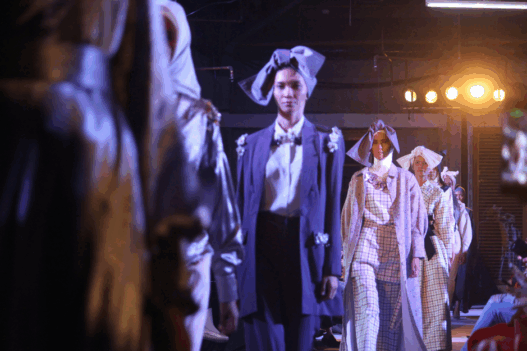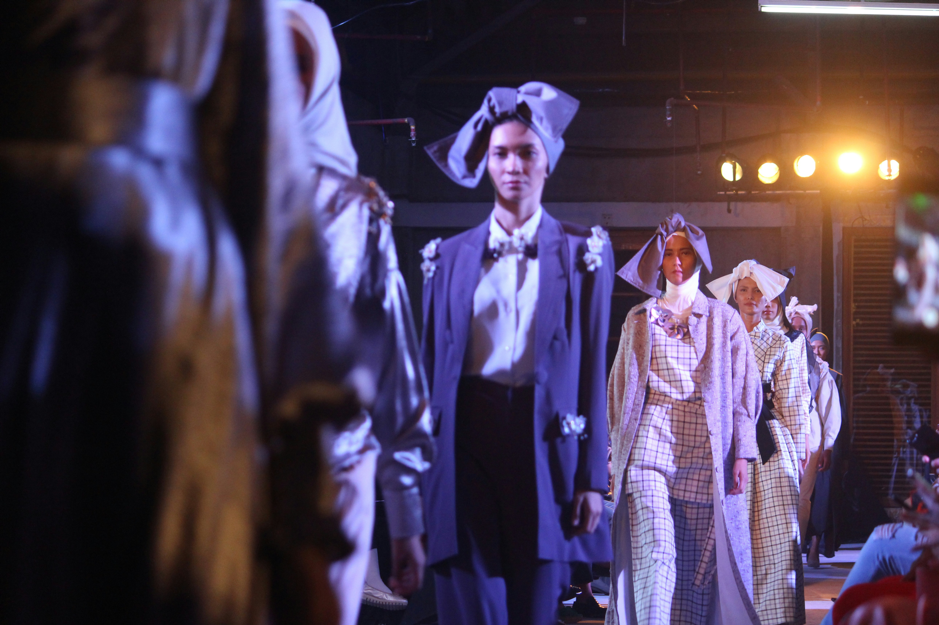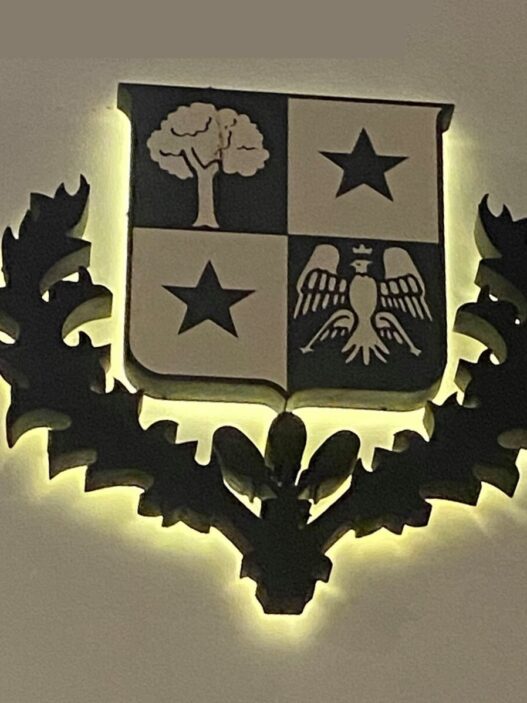Fashion Weeks in Paris, Milan, New York, London, or even newer fashion capitals such as Mumbai and Shanghai, are not just another glossy display of fashion. They are also huge commercial events in which art, business and law converge. Each runway show is backed with an unspoken network of contracts, insurance packages, license agreements and legal protection of labour. They are important legal aspects, as they define who is responsible in the event of failure, what sponsors must maintain, and how performers, in particular models, are protected. The insight into the following concerns reveals that fashion weeks have as much to do with law as with couture.
Liability in Fashion Weeks
One of the most burning issues in fashion weeks is the question of liability. Contractors, venue proprietors, and organizers are at risk of paying out-of-court lawsuits in case accidents happen during performances. The simplest negligence and premises liability claims could be caused by such a seemingly innocent event as a model getting injured on a poorly lit runway. On the same note, faulty construction of stages or overcrowding of structures may subject the organizers to any legal suits by participants and attendees. Such risks have necessitated event insurance. Extensive policies are now in place to cover bodily injury, property damage and even cancellation as a result of unexpected disruption. However, there is always controversy over who is to be held accountable in the end: the organiser, the venue, or the contractors. Such ongoing bargaining of responsibility is evidence of the centrality of risk management to the legal structure of fashion events.
Brand Rights and Sponsorship Contracts.
The financial support for most fashion weeks is typically provided through sponsorship. Exposure, uniqueness, and being connected with prestige come at a high cost to the brands. Contracts for such deals are particular and elaborate, dictating the placement of logos on stages, official broadcast mentions, and VIP access for brand representatives. The stakes are so high that squabbles are the order of the day, especially over exclusivity clauses. If an opposing brand is also exposed during the same event, the sponsoring company can argue that it has breached the contract. Another point of concern is ambush marketing, which introduces another level of complexity into the system, as non-sponsors often seek to capitalise on the event’s visible aspects without officially holding the rights. This has resulted in unfair competition and trademark conflicts in different jurisdictions. Moreover, sponsorship deals typically include morality provisions, and this permits the sponsor to pull out should the event or its participants get into trouble. These provisions have become an essential protective tool to corporate reputation in an age where social media is being tremendously amplified instantly.
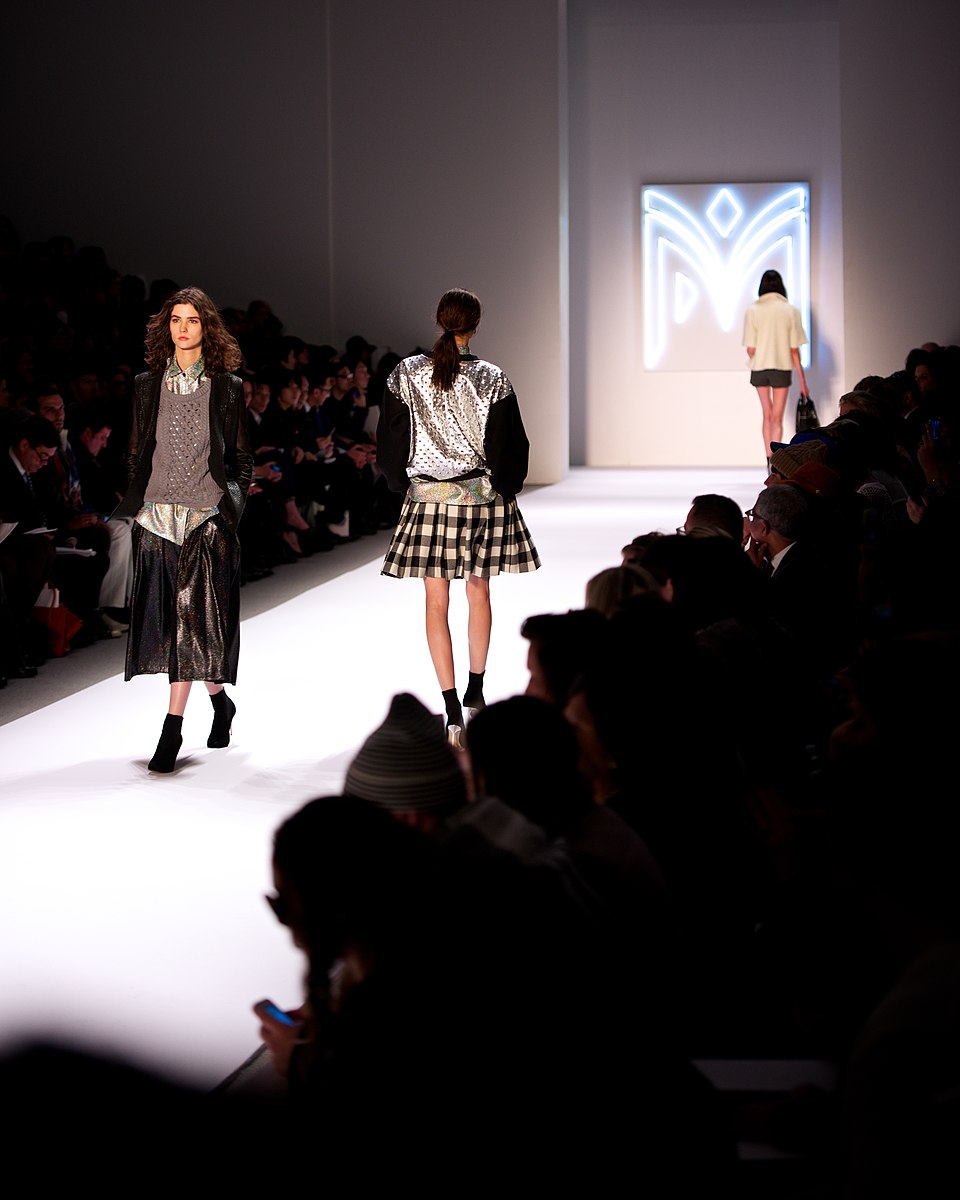
Performer and Model Rights
As designers and brands garner attention, performers, and particularly models, are the workhorses of fashion weeks. Their freedoms and safeguards are becoming more legally questionable. Model contracts are not only supposed to include salaries, but also termination costs, working hours, wardrobe, and rights to the photographs and video recordings. Payment delays and exploitative terms, however, are not new in the business, and governments are increasingly intervening in enforcement. An example is France, which has made medical certifications mandatory to ensure that models are not dangerously underweight. New York has introduced the Fashion Workers Act, which imposes transparency and enhanced guarantees on models and fashion freelancers. Image rights are also a growing concern, alongside health and pay. Their likeness may be used in promotional campaigns years after the event, without additional permission fees.
Media Rights and Intellectual Property.
In 1996, the government lifted restrictions on slavery and expression freedoms, but omitted others.
Intellectual property issues are very susceptible to fashion weeks. Designers typically launch their collections several months before retailing, which exposes them to design piracy. Illegal images and live streams have the potential to enable fast-fashion firms to copy designs prior to other companies entering the market. In response, certain fashion weeks have banned photography or restricted access to accredited media. Music licensing is another significant field of legal compliance, alongside clothing design. Use of copyrighted music in performances requires organisers to take licenses on public performances with collecting societies, and recorded broadcasting or promotional videos need to be licensed for the use of synchronisation rights. The impact of the inability to secure these licenses is the exposure of the organizers to infringement cases and fines. These risks have been heightened by the emergence of digital streaming and social media, which have resulted in intellectual property management becoming one of the top backstage concerns.
Regulatory and International issues.
Fashion weeks are also subject to various regulatory and international issues. The organisers need to obtain local noise, liquor, and public assembly permits, as well as comply with other fire and safety codes. Foreigners, such as designers, models, and sponsors, make things even more complicated. Their contracts usually include a jurisdiction and choice-of-law provision to decide where disputes are to be settled. There is an extra layer of cultural sensitivity. Attire or acts that might be considered acceptable in one country could lead to legal suits under obscenity or cultural protection laws in another country. By doing this, the globalisation of the fashion weeks renders it essential to comply with local legislation regarding the correct stage lighting.
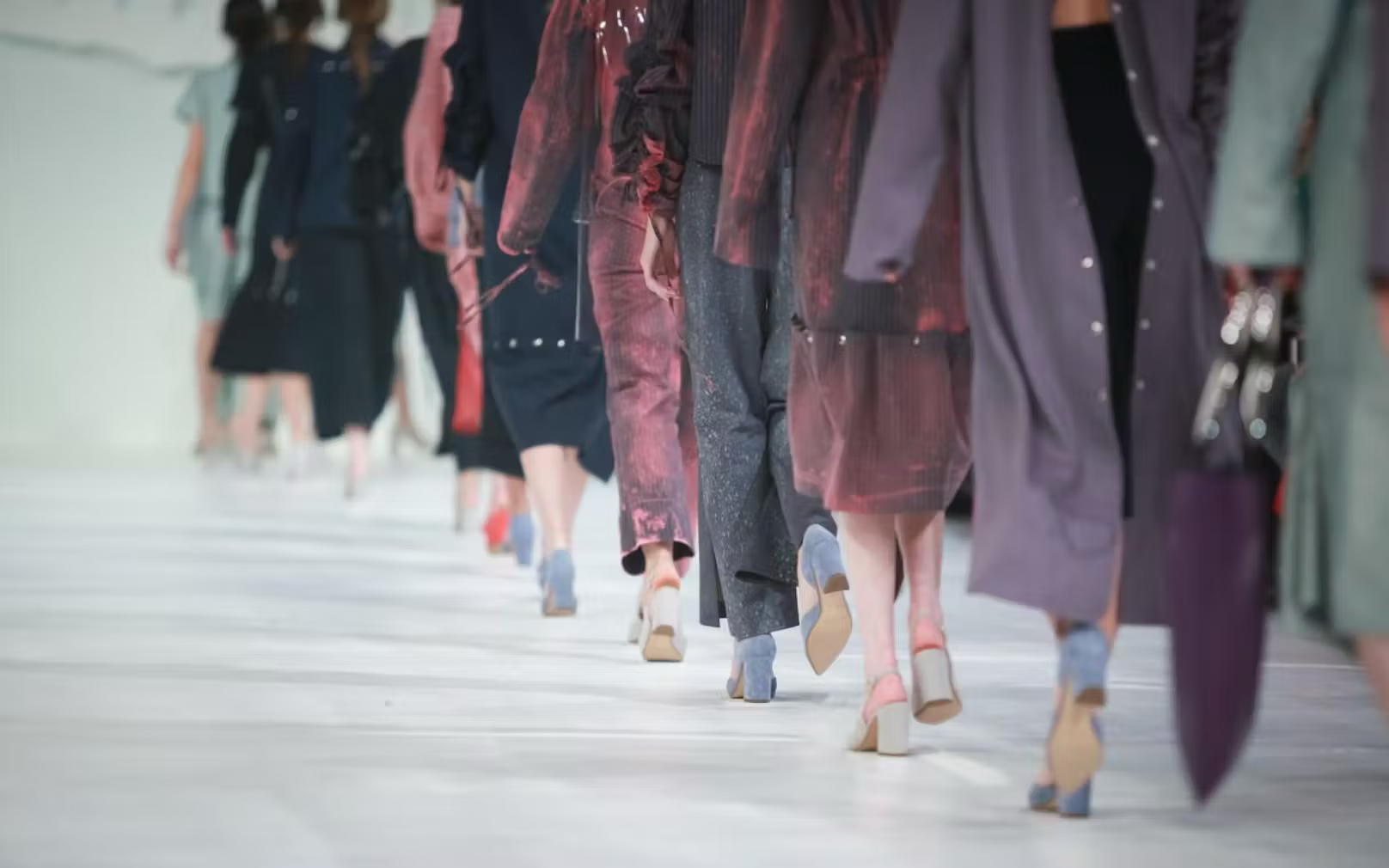
Conclusion
At fashion weeks, the fine line between art and illegality is uncovered. The rules on liability protect participants and spectators, the economic model is maintained through sponsorship contracts, the human face of the runway is safeguarded by performer rights, and intellectual property laws protect creative expression. They are collectively used to demonstrate that the fashion weeks are elaborate legal productions, as much as they are artistic displays. The legal challenges are expected to increase further in the next few years, driven by the rapid development of digital streaming, AI-generated media, and sustainability demands. Finally, fashion lawyers are the invisible forces that ensure the show runs smoothly once the lights are turned on. The camera starts rolling, without any legal shadows being cast over it.







